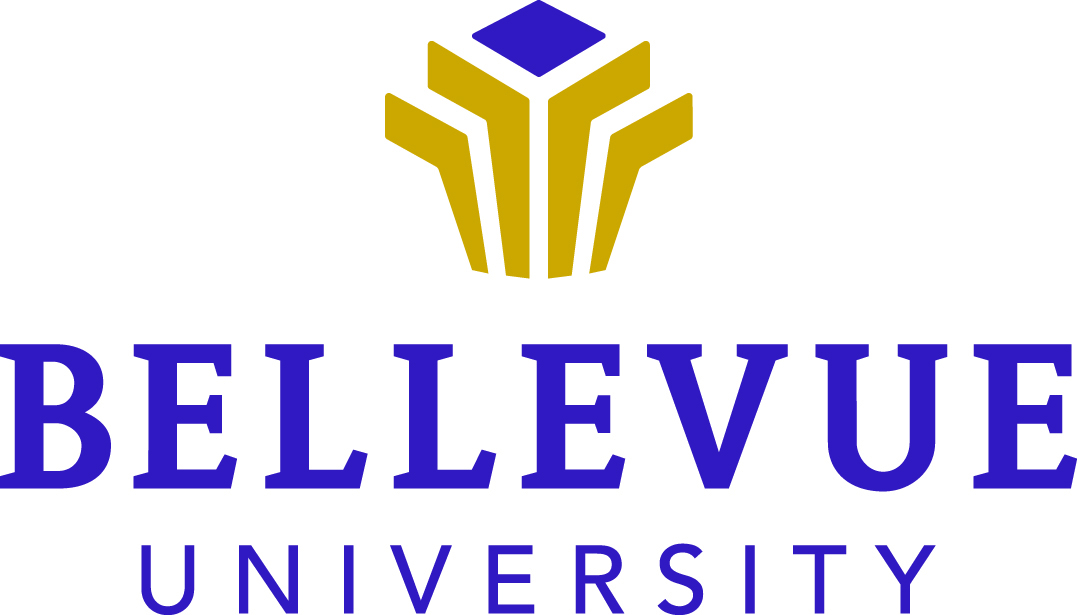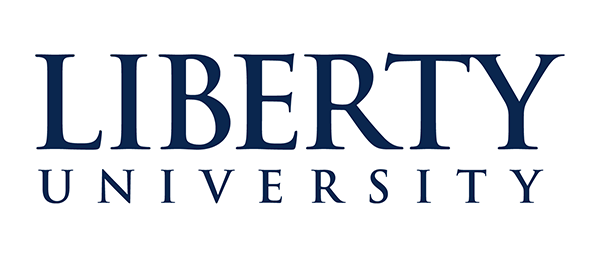If you have a desire to help people and your community in a substantial way, a degree in Human Services could be perfect for you.
What Is a Master’s Degree in Human Services?
 Since human services are so broadly defined, Master of Science or Master of Arts in Human Services degrees are encompassed as well. Ideally, an advanced degree in Human Services will prepare you to identify, plan, implement, and analyze services to meet a particular need. Human Services professionals work in community agencies providing assistance to people of all ages, demographics, and economic levels. Human Services professionals will assess assistance and coordinate services for the greatest support in a variety of environments.
Since human services are so broadly defined, Master of Science or Master of Arts in Human Services degrees are encompassed as well. Ideally, an advanced degree in Human Services will prepare you to identify, plan, implement, and analyze services to meet a particular need. Human Services professionals work in community agencies providing assistance to people of all ages, demographics, and economic levels. Human Services professionals will assess assistance and coordinate services for the greatest support in a variety of environments.
If you want that environment to be a hospital, consider a Master’s in Health Services or one of the most popular healthcare degrees, an online Master’s in Healthcare Administration.
How Much Can You Earn With a Master’s Degree in Human Services?
PayScale estimates graduates with an MHS degree could earn an average of $58,000 annually. That said, salaries will be determined by your particular speciality. The Bureau of Labor Statistics doesn’t have a single category for Human Services; however, the closest would be Social and Community Service Managers. This field is growing at a rapid 18 percent and has estimated salary ranges from $59,000-$83,600.
What Is Required For a Master’s Degree in Human Services?
Master’s degrees in Human Services can usually be earned in 1.5-2 years of full or part-time study. Included in these programs may be internships, capstone projects, or a thesis, depending on the specialty. Coursework may include interdisciplinary studies in ethics, theory, counseling, case management, economics, statistics, communications, etc.
You may want to be certain that the program you choose will meet any licensure or certification requirements you may need to practice.
What Are the Best Online Master’s Degrees in Human Services?
OSR uses six data points: three school-wide and three program specific. For school-wide, OSR uses Student Satisfaction, Admission Rates, and the number of programs the school offers online. For program specific, OSR checks the Median Debt of graduates from that program, how many degrees are offered within that program’s umbrella department, and what percentage of students at that school graduated from that department.
The six statistics are displayed by each school. The sliding bar under each statistic represents how that school compares to other US institutions. “Not reported” means a school did not release that information to the US Department of Education. A more detailed description of the OSR process can be found on the methodology page.














